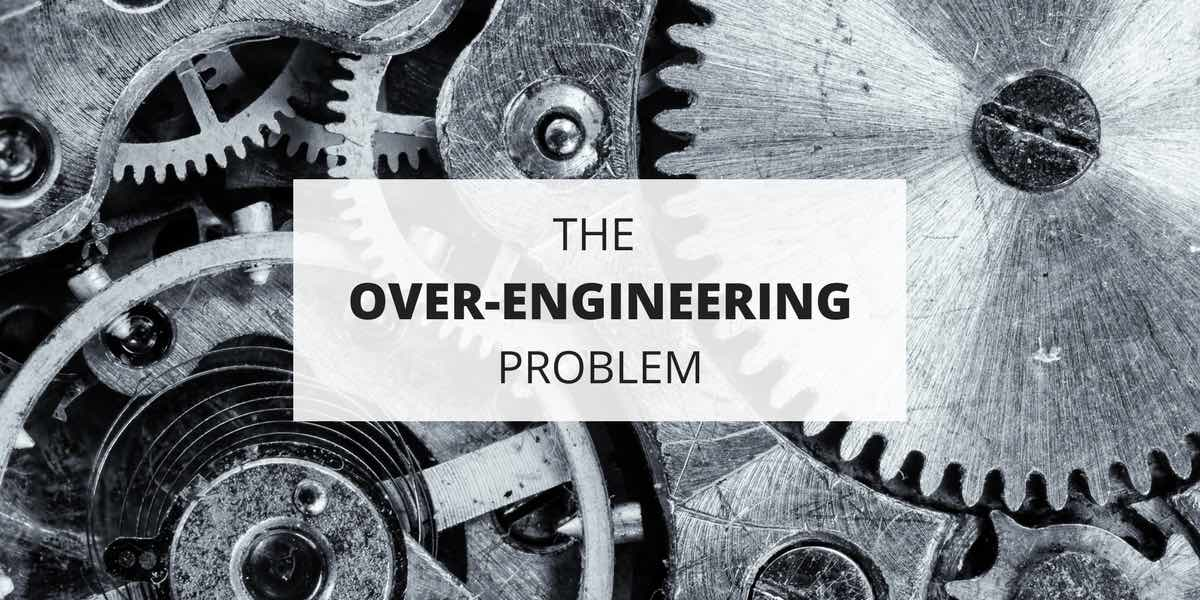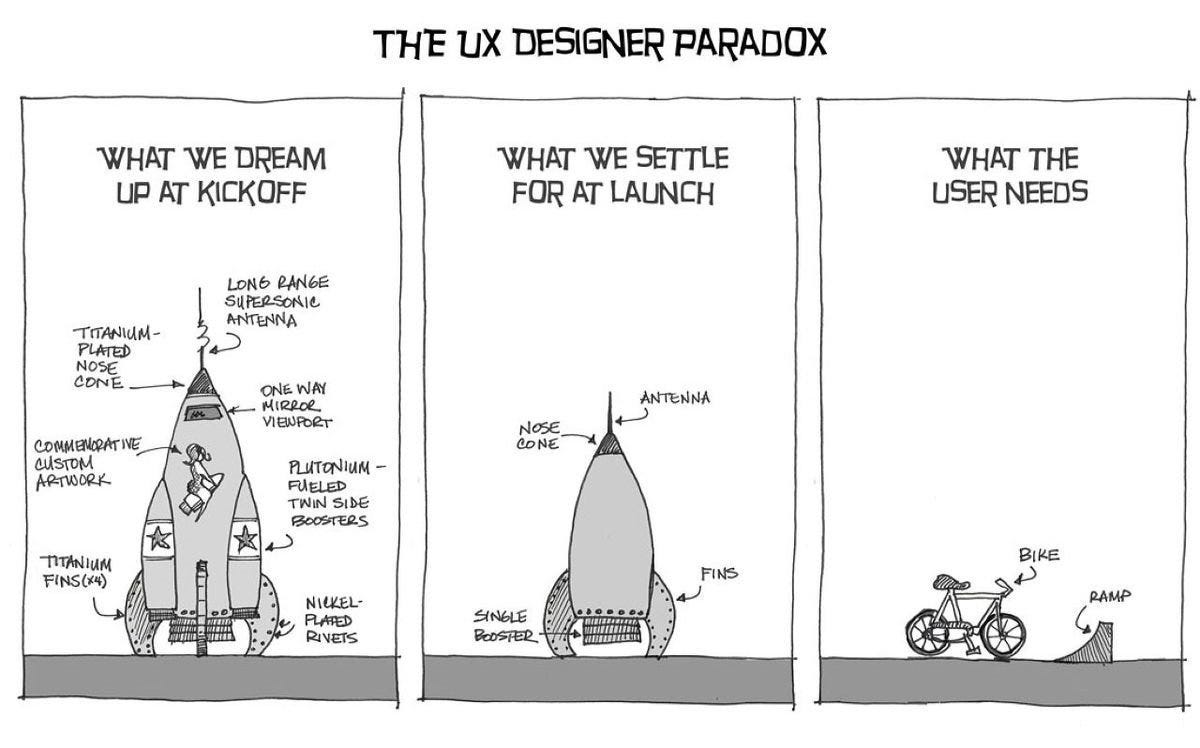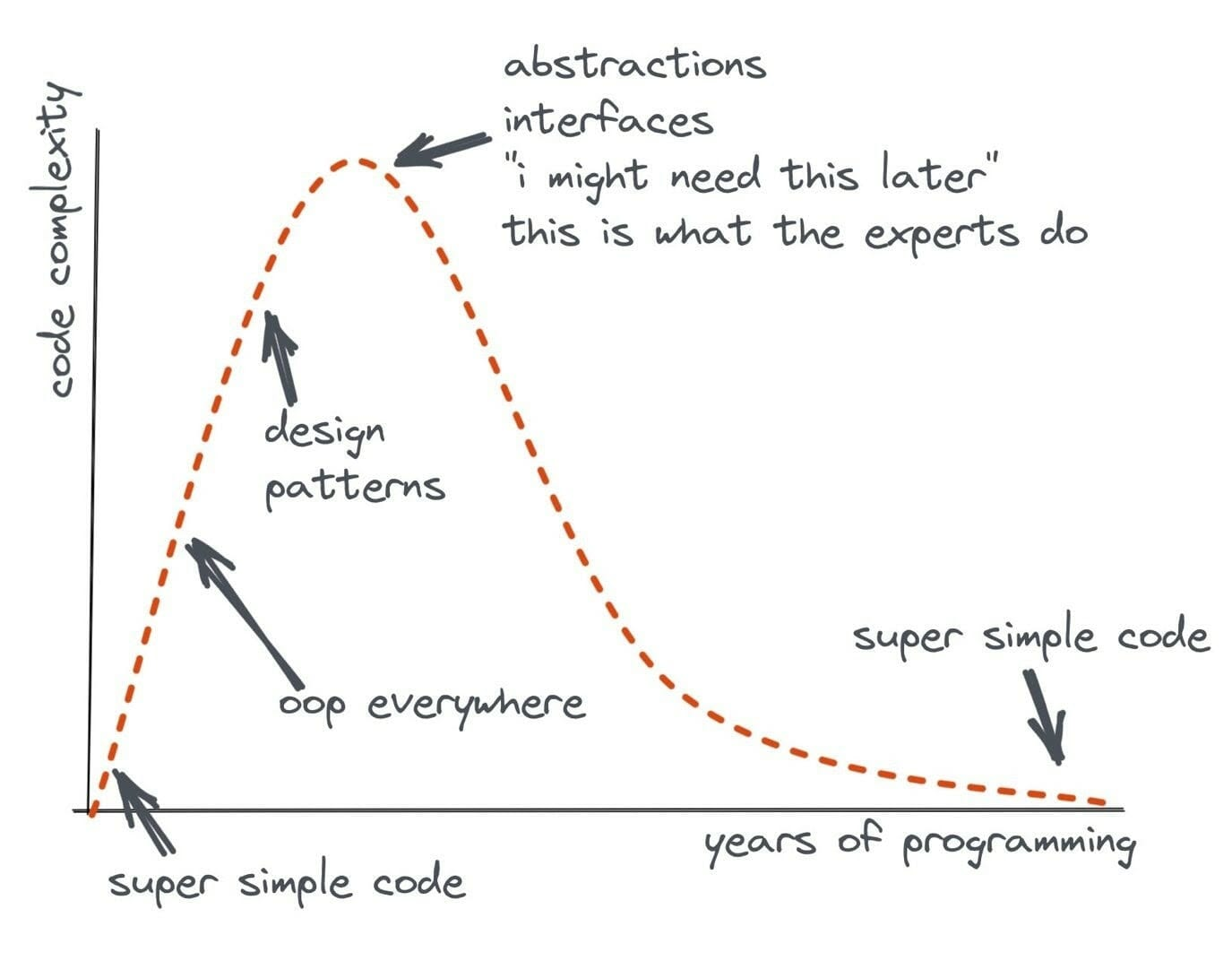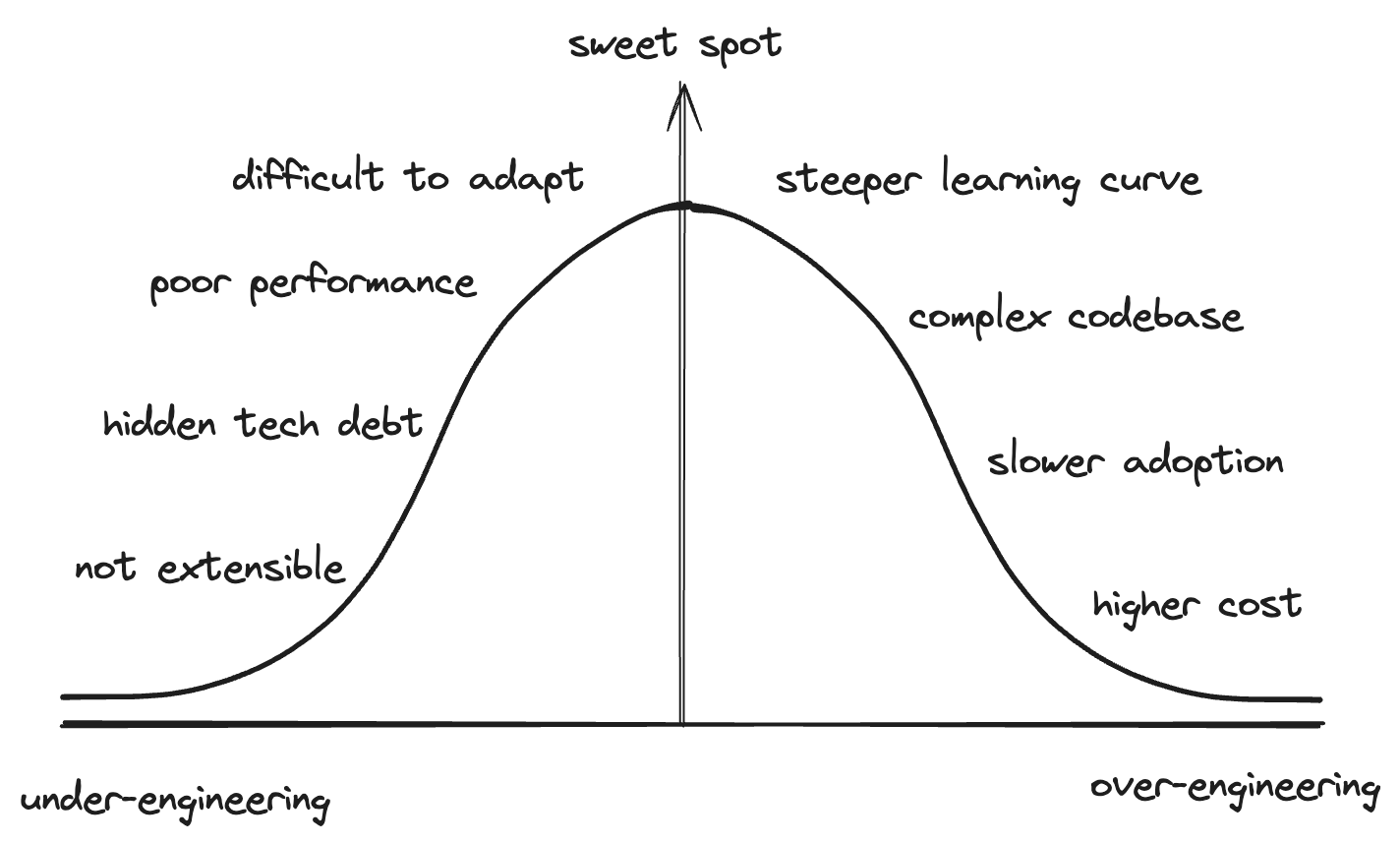Balancing Over-Engineering and Under-Engineering
by Devonte Emokpae, Founder / CTO

Top tip
Finding the sweet spot between complexity and simplicity is crucial for sustainable software development.
I. Understanding the Engineering Balance
Software engineering is a constant balancing act. Like a skilled tightrope walker, developers must carefully navigate between excessive complexity and dangerous oversimplification. This delicate equilibrium not only shapes our technical decisions but also determines the long-term success and maintainability of our systems.
Understanding this dynamic helps us align pragmatism with ambition when designing and building systems.
II. Over-Engineering: A Familiar Trap
Over-engineering occurs when systems are built with unnecessary complexity, far exceeding the needs of their current or foreseeable use cases. It's characterized by an abundance of abstractions, layers, or features that address problems that may never arise. This tendency often stems from good intentions: future-proofing the system, demonstrating technical expertise, or adhering rigidly to theoretical best practices.

A. The Cost of Complexity
While it's natural to aspire to craft resilient, flexible systems, over-engineering brings significant drawbacks:
- Increased Maintenance Costs: Complex systems are harder to debug, extend, and understand.
- Reduced Velocity: Development slows as engineers navigate layers of abstraction and unneeded features.
- Misaligned Priorities: Resources are diverted from solving actual problems to addressing hypothetical ones.
Top tip
Complexity should be justified by real needs, not hypothetical future scenarios.

III. Under-Engineering: The Opposite Extreme
On the other hand, under-engineering results from overly simplistic solutions that fail to accommodate real-world requirements or anticipated growth. Often driven by tight deadlines, limited resources, or a desire for speed, under-engineering can lead to brittle systems that crumble under pressure.
A. Warning Signs
Symptoms of under-engineering include:
- Frequent Failures: Systems lack robustness and break easily when scaled or subjected to unexpected inputs.
- Technical Debt: Shortcuts taken during development create challenges that demand costly rework.
- Lost Opportunities: Inadequate design can stifle innovation and limit a product's potential.
Top tip
Short-term gains from under-engineering often lead to long-term pain.

IV. Finding Balance
The ideal lies in adopting a pragmatic engineering approach that matches the system's current needs while leaving room for future evolution.
A. Key Principles
Achieving this balance requires:
- Context Awareness: Design choices should align with the problem's scope, constraints, and priorities.
- Incremental Design: Build systems that can evolve organically.
- Feedback Loops: Regularly reassess the system's architecture based on real-world usage.
- Team Collaboration: Encourage open discussions about trade-offs.
Top tip
The best architecture emerges from understanding current needs while maintaining flexibility for growth.
V. Embracing Pragmatism
Effective software engineering isn't about avoiding extremes but navigating them thoughtfully. By remaining flexible and responsive, teams can craft solutions that are not just functional but also sustainable. Ultimately, the goal is to deliver value without overcomplicating or oversimplifying—a balance that evolves with every project and every line of code.
